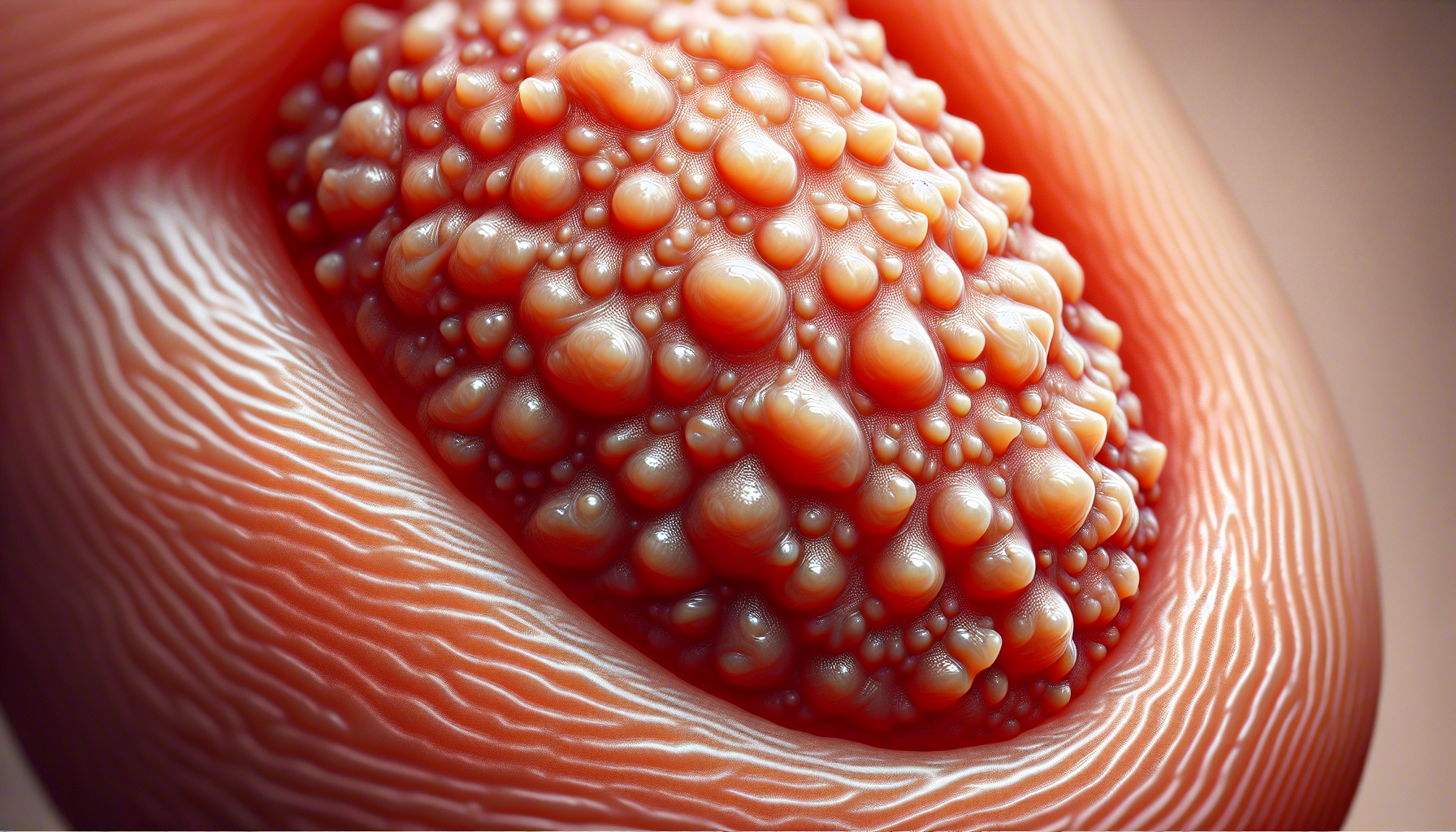Have you ever wondered why those annoying sebum plugs keep appearing on your skin? It can be frustrating and seem like they never go away. But fear not, we’ve got you covered. In this article, we’ll explore the reasons behind the formation of these pesky plugs and provide you with some tips to help prevent their recurrence. Say goodbye to those frustrating sebum plugs and hello to clear, smooth skin!
What are sebum plugs?
Sebum plugs, also known as comedones, are small plugs made up of sebum, dead skin cells, and dirt that block the hair follicles on the skin. They often appear as small bumps or blackheads on the surface of the skin. Sebum plugs are a common skin concern and can occur in various areas of the body, such as the face, scalp, back, and chest.
Understanding sebum production
Sebum is an oily substance produced by the sebaceous glands in the skin. It plays a vital role in keeping the skin moisturized and protected against external factors. Sebum production is influenced by various factors, including hormonal changes, genetics, stress levels, diet, and lifestyle choices. Understanding how sebum production works is crucial in addressing sebum plug formation.
Causes of excessive sebum production
Excessive sebum production can contribute to sebum plug formation. Hormonal changes, such as those during puberty or hormonal imbalances, can lead to an increase in sebum production. Genetics may also play a role, as some individuals naturally produce more sebum than others. Additionally, high stress levels can stimulate sebum production, while certain diet and lifestyle factors, such as a high-fat diet or smoking, can affect sebum production levels as well.
Factors contributing to sebum plug formation
Several factors contribute to the formation of sebum plugs. Excess sebum production can overwhelm the hair follicles, leading to the accumulation of sebum and other debris. Clogged hair follicles, often caused by a combination of excess sebum and dead skin cells, can result in the formation of sebum plugs. Bacteria and fungi on the skin can also contribute to their formation by interacting with the sebum and dead skin cells.
Common areas for sebum plug formation
Sebum plugs can occur in various areas of the body, with some areas being more prone to their formation than others. The face, especially the T-zone (forehead, nose, and chin), is a common area for sebum plug formation. The scalp is another area where sebum plugs can develop, leading to conditions like dandruff. On the body, the back and chest are areas where sebum plugs may be more likely to occur.
Symptoms of sebum plugs
Visible sebum plugs often appear as small, raised bumps or blackheads on the skin’s surface. They can be unsightly and may give the skin a rough or uneven texture. Bumps and acne may also accompany sebum plugs, as the blockage of the hair follicles can contribute to the development of inflammation and pustules. Additionally, the skin’s texture may change, becoming oilier or rougher in areas affected by sebum plugs.
Complications of sebum plug accumulation
While sebum plugs themselves may not cause major complications, their accumulation can lead to various issues. Inflammation can occur around the blocked hair follicles, resulting in redness, swelling, and discomfort. Sebum plugs can also contribute to the development of acne breakouts, as the blocked follicles provide an environment conducive to bacterial growth. In some cases, sebum plugs can lead to skin infections, especially if they are picked at or manipulated incorrectly.
Preventing sebum plug formation
Preventing sebum plug formation involves adopting good skincare habits and practices. Maintaining proper hygiene, including regular cleansing and removing makeup before bed, can help prevent build-up of sebum and dirt. Balancing sebum production through a healthy diet and lifestyle choices, such as reducing stress levels and avoiding pore-clogging products, is beneficial. Regular exfoliation also helps remove dead skin cells, reducing the chances of sebum plugs forming.
Treatment options for sebum plugs
Several treatment options are available to address sebum plugs. Over-the-counter treatments, such as topical creams containing ingredients like benzoyl peroxide or salicylic acid, can help reduce sebum production and clear blocked follicles. For more severe cases, prescription medications, including topical retinoids or oral antibiotics, may be necessary. Professional extraction, performed by a dermatologist, can effectively remove sebum plugs. Establishing a proper skincare routine tailored to your skin type is also essential in preventing and managing sebum plugs.
When to seek professional help
In most cases, sebum plugs can be managed with proper skincare and lifestyle changes. However, there are instances where professional help may be necessary. If sebum plugs persist despite home treatments or become severe, leading to recurring infections or worsening symptoms, it is advisable to seek the assistance of a dermatologist. They can provide a tailored treatment plan and address any underlying issues contributing to sebum plug formation.
In conclusion, understanding sebum plugs and their causes can help in preventing and managing their formation. By practicing good skincare habits, balancing sebum production, and seeking appropriate treatment when needed, you can maintain healthier skin and minimize the occurrence of sebum plugs. Remember, everyone’s skin is unique, so finding the approaches that work best for you may involve some trial and error. Stay consistent and patient, and your skin will thank you.
